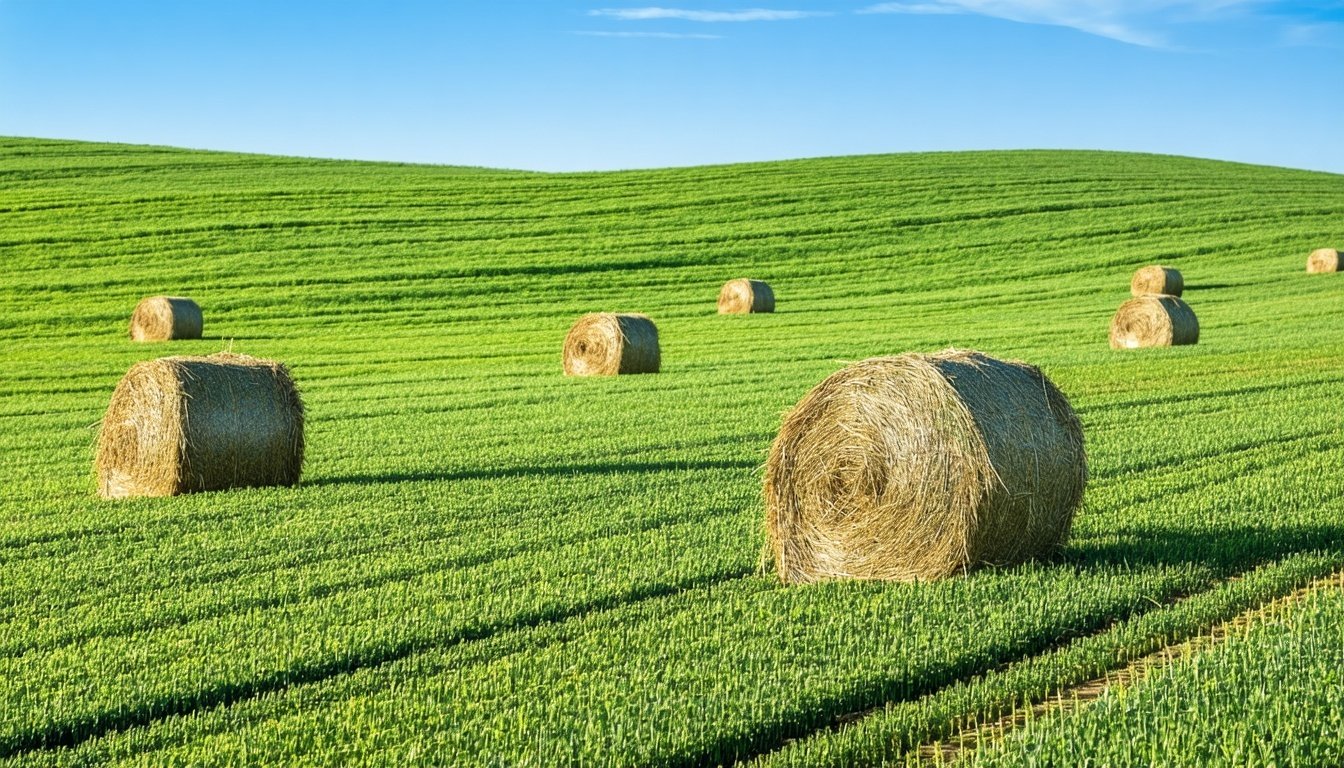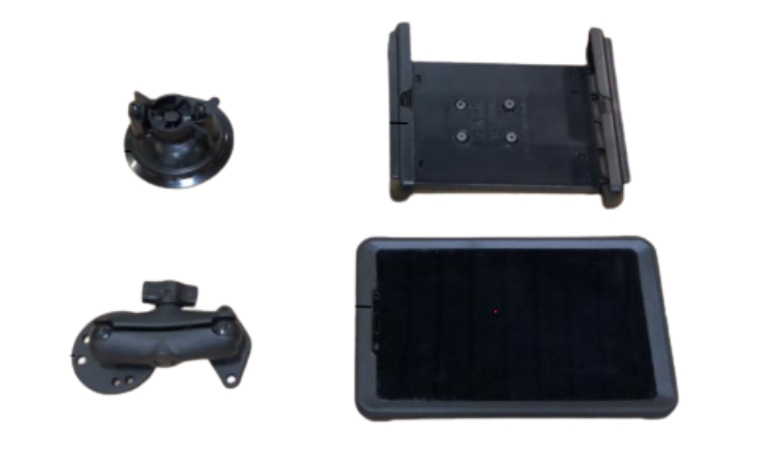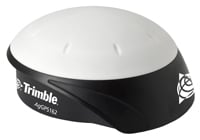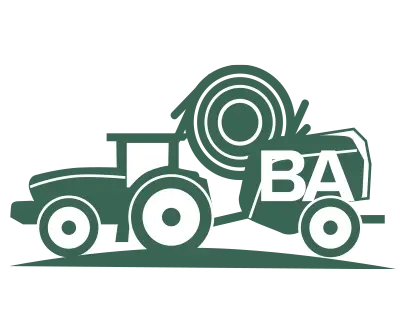Add-On Accessories
Enhance your applicator system with the right add-ons. Our accessory solutions are designed to expand the capabilities of your applicator kits—these components make it easy to customize your setup, so you get the most out of every application.

Optimize Performance
Whether you're adjusting for crop type, field conditions, or application rate, our accessories make it easy to tailor your setup to meet your exact needs.
Accessory Solutions
Crop Eyes
The hay indicator sensors see when hay enters the balers pick-up and activates the preservative application. When no crop is coming into the baler, the system will pause on its own, while being ready to apply when crop once again enters the baler.
Included in the Kit:
- Red Receiver Eye
- Green Emitter Eye
- Power Harness
- Mounting Equipment

Crop Eye Kit Part #s:
This Crop Eye Kit features our new, deutsch style plugs and will only fit our 700 series applicators.
Part #: 474C
This Crop Eye Kit still features the old-style style plugs and fits any pre-700 series applicator. This includes all 600 series, 500 series, 400 series, 300 series, and electronic applicators.
Part #: 474A
The floor-mounted applicator pause switch is an inexpensive addition to your application system the enables the operator to easily stop and start the applicator. For use with 600 series, 500 series, 400 series, 300 series, and electronic applicators.
Part #: 475
Transfer Pumps
To transfer Hay Preservative safely and easily from your storage container to your applicator tank, use any of the following transfer pumps:


Transfer Pump Kit Part #s:
This standard output, 12-volt model, will transfer preservative at a rate of 4 gallons per minute.
Part #: 9212
For a rapid transfer rate of 14 gallons per minute, this 12-volt unit can get the job done quickly.
Part #: 9214
This standard output, 110-volt model, will transfer preservative at a rate of 4 gallons per minute.
Part #: 9215
This inexpensive hand transfer pump is ideal for transferring small amounts of preservative easily.
Part #: 9213
Display Kits
Our plug and play display kits are ready to go no matter what Harvest Tec Solution you are using!


Display Kit Part #s:
Included in Kit:
- Android
- Durable Case
- Charging Cord
- Ram Mount
- Preloaded with all 3 of Harvest Tec's Apps:
- Precision Baling App (Use with 700 Series Applicators)
- H2O App (Use with H20 Moisture-Only Systems)
Part #: 1670DK
Included in Kit:
- iPad Mini
- Durable Case
- Charging Cord
- Ram Mount
- Preloaded with all 3 of Harvest Tec's Apps:
- Precision Baling App (Use with 700 Series Applicators)
- Hay App (Use with 300 & 600 Series Applicators)
- H2O App (Use with H20 Moisture-Only Systems)
Part #: 4670DK
This system will only work with a 700 Series Applicator
Part #: 7670DK
Microwave Moisture Sensors
Mounted in the pre-compression chamber—right where the preservative hits—this sensor gives you real-time, high-accuracy moisture readings flake by flake. Designed for most AGCO Balers and Case/New Holland Big Balers, it eliminates lag and delivers reliable data up to 40% moisture. Compatible with all 700 Series applicators and viewable through your baler’s ISOBUS or tablet. Choose microwave or star wheel input—either way, you’ll get precision where it counts.

Microwave Moisture Sensor Upgrade Kit Part #s:
This system will only work with a 700 Series Automatic Applicator on a Large Square Baler.
Part #: 030-770MWM
- 2 Microwave Sensors & Brackets
- A Power and Communication Harness
Dye Marker Spraying System
The Dye Sprayer Marking System is a simple way to visibly mark the wet areas on your square and round bales. Compatible with the 700 Series Automatic Applicators or moisture only systems. The 3-gallon system is mounted near the bale chamber and when the adjustable high moisture alarm sounds, the system will spray a red-colored, food-grade dye on the bale to easily identify and manage wet bales.


Dye Marker Kit Part #s:
This system will only work with a 700 Series Applicator or 700 Series Moisture Only System
Part #: 740DM
The dye is mixed with water. One container of dye will mark 50-60 bales.
Part #: 0800
GPS Interface Kit
By incorporating the GPS into the 700 Series Automatic Applicators or 700 Moisture Only systems, the producer has the ability to record the bale position in the job records and create yield maps for their crops, allowing them to gain the knowledge needed to maximize productivity.

GPS Interface Kit Part #s:
This system will only work with a 700 Series Applicator or 700 Series Moisture Only System
Part #: 780GPS
The kit consists of a removable data storage card and GPS interface harness that is compatible with the Trimble 162 AgGPS, which is purchased separately from a Trimble dealer.
Surface Wrap Light Kits
Load surface wrap into the compartment of your John Deere round baler at night with the convenience of in-compartment lighting. Our light kit has two low profile work lights that light the compartment for ease of loading and threading. The mounting brackets are made of steel to withstand the continuous closing of the compartment door. They are lower in profile than standard work lights so they will fit inside the compartment. The lights are wired into the existing baler taillight wiring harness.

Surface Wrap Light Kit Part #s:
Part #: 488
Part #: 490
Add-On Accessories FAQs
All our solutions be purchased from your local ag dealer!
Need help finding a dealer near you? Check out our Dealer Network Page!
No dealer support in your area but still want to purchase?
We have you covered! We can work with you directly to order replacement parts and small kits. Contact us to find out how!
Call: 800-635-9100
Email: info@harvesttec.com
.png?width=1109&height=405&name=HT_horizontal%201976_TM%20(1).png)





